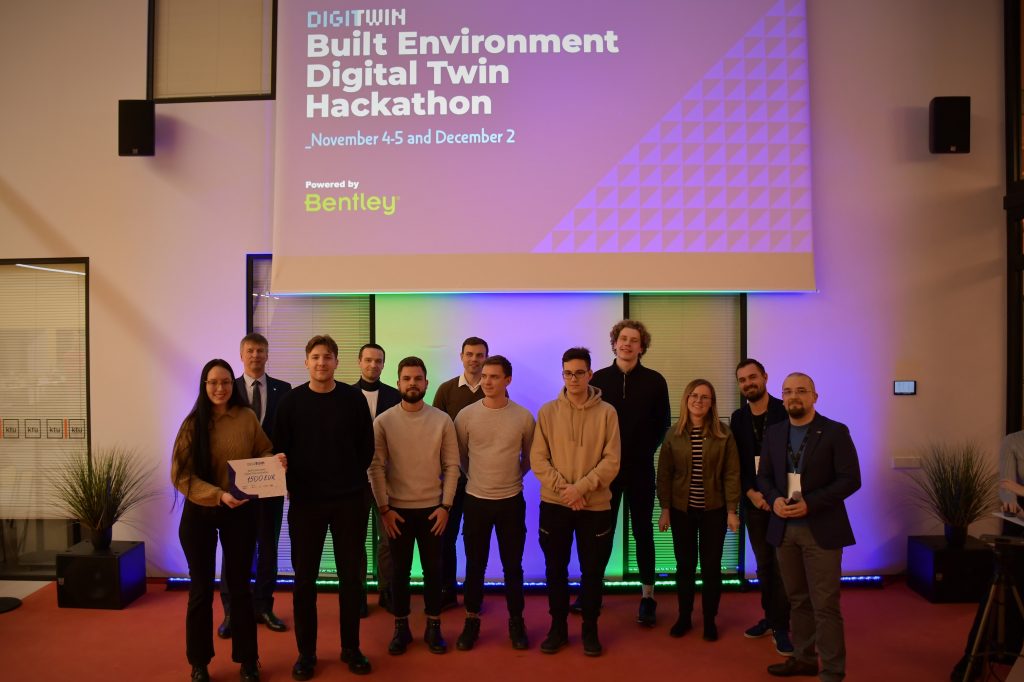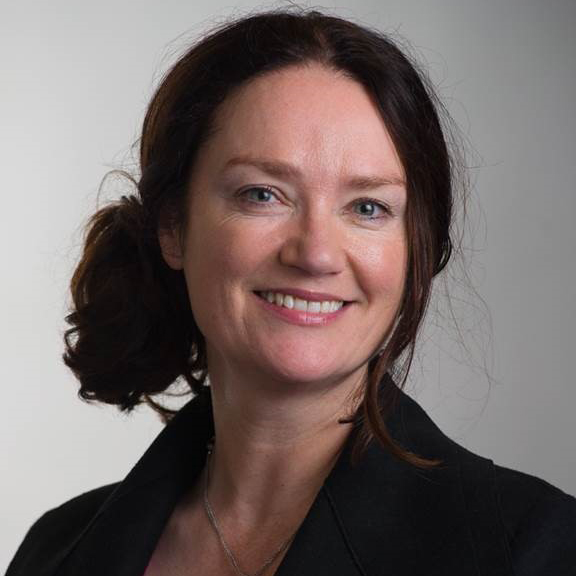When you compare any of the engineering and construction labor statistics from Deloitte, the Associated Builders and Contractors, or AEC Advisors to the workforce requirements of current and future infrastructure needs, the numbers do not add up. There are more projects than people to get the work done, leaving many AEC (architecture, engineering, and construction) firms to turn down projects because of the global shortage of professionals. Unfortunately, as an industry, we are partly to blame for the predicament that we are in.
For the last 30 to 40 years, college was touted as the path to financial and personal freedom in the United States. Younger generations were encouraged to attend university and earn a degree. However, the students that attended universities chose business administration, healthcare, and social sciences as fields of study rather than engineering. During that same period, another cohort did not attend universities for whatever reason. But this same group did not attend vocational or technical training programs either. While enrollment for vocational and technical training programs has grown significantly in recent years, there is still a sizeable labor shortage of skilled tradespeople.
As an industry, we relied on universities to provide architects and engineers. We depended on vocational programs to supply skilled trades, such as masons, welders, and electricians. However, that did not happen. As we face these talent challenges together, we must collectively ask ourselves, “What can we proactively do to solve this problem?”
At Bentley Systems, we are addressing this challenge by building a talent pipeline that gives students the skills and experiences they need for future careers in building the world’s infrastructure. Here are a few examples of how we are using thought-provoking contests, challenges, and hackathons to put cutting-edge technology into the hands of the next generation of AEC professionals.
KTU Hackathon
The Kaunas University of Technology’s Dept. of Civil Engineering and Architecture, in partnership with Bentley Systems, recently hosted the first-ever hackathon in Lithuania dedicated specifically to developing digital twin applications for the built environment. The “DigiTwin Built Environment Digital Twin Hackathon” encouraged students to generate creative ideas, and build software app prototypes, that look into the future of infrastructure management using digital twin technology. Bentley provided technical mentors and access to its iTwin software development platform to support the student teams.

The hackathon was held in two stages. Stage one featured the development and presentation of digital twin app ideas and took place in November 2022. Fourteen teams—representing 80 students— presented their ideas in Stage one. Stage two judging took place on December 2. Eight solution prototypes were presented to a panel of judges, and three winners were selected—with a total prize pool of 4,500 Euros. First prize was earned by an app that identifies the location of people trapped inside a building during an emergency, such as a fire. Second place was earned by an app that helps people navigate within buildings. Third place was earned by an app that uses sensors to detect and map distortions of building structures to identify maintenance needs.
Prof. Andrius Jurelionis, Dean of the KTU FCEA, made this observation after the hackathon’s conclusion. “Not only did we have a large number of participants, but we also had a wide range of professionals from construction, IT, investment funds, and other businesses who came to advise and mentor our young innovators. The participants’ ideas and their execution impressed members of the jury, and we hope that the teams will not stop here, and perhaps some of them will establish their own start-ups.”
Building Student Excitement about Digital Twins with Minecraft
Another example of encouraging students to experiment with technology was Bentley’s Digital Twin Design Challenge—featuring Minecraft. The contest invited students—aged 12 to 25 years old—to reimagine a real-world location using the popular Minecraft videogame and Bentley’s iTwin technology. Digital twin technology is a powerful tool for current and future engineers, and this contest let students combine and visualize 3D reality models of real-world locations—such as Sydney, Australia—with their own structures designed using Minecraft. The students put in a remarkable amount of work for their projects, and they competed for some big prizes, including $5,000 for the winner of the Judges’ Choice category. You can still visit the contest page and explore their amazing 3D models placed in real-world locations. Just click on a project’s link, and the reality model and 3D structure will launch in your web browser.
Enactus iTwin4Good Challenge
In fall of 2022, Bentley partnered with Enactus UK to launch the Enactus iTwin4Good Challenge. Bentley wants to empower students to show creativity and innovation by exploring the iTwin digital twin technology platform. Students combined their passion for environmental and social action with their engineering and software development abilities to create digital twin apps that promotes positive environmental or social impact in their city or community. The iTwin4Good teams presented their projects to a panel of expert judges at Bentley on March 15, 2023, and the winning project will be announced LIVE on stage at the Enactus UK National Expo 2023 in London on April 4th.
For more than 37 years, Bentley Systems has served the engineers and other professionals responsible for designing, constructing, and operating the world’s infrastructure. This includes providing students with the software, training, and support they need to make this world a better place. However, Bentley is just one company, and these are just several programs where we have partnered with other organizations or led the charge. While Bentley plans to do more, we cannot do it alone.
As companies that serve the infrastructure sector, we have a responsibility to create programs and initiatives that open the door and invite future generations to become AEC professionals. If we can solve some of the world’s most challenging infrastructure needs, I believe we can solve this challenge too. I look forward to seeing what we can do together.

By: Kat Lord-Levins, Chief Success Officer and SVP, Bentley Systems
Want to tweet about this article? Use hashtags #infrastructure #sustainability #AI #5G #cloud #edge #futureofwork #digitaltransformation #digitaltwin #green #ecosystem #environmental #AEC #construction
Post Disclaimer
The information provided in our posts or blogs are for educational and informative purposes only. We do not guarantee the accuracy, completeness or suitability of the information. We do not provide financial or investment advice. Readers should always seek professional advice before making any financial or investment decisions based on the information provided in our content. We will not be held responsible for any losses, damages or consequences that may arise from relying on the information provided in our content.



